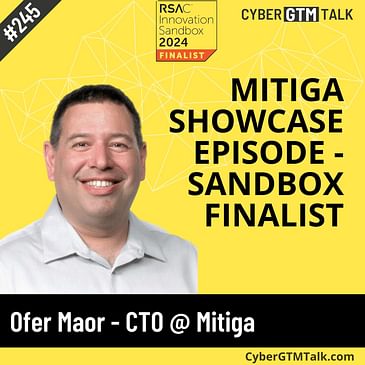In this conversation, we discuss:
👉 How Mitiga addresses security gaps in cloud environments
👉 The importance of simplifying complex security operations data for faster response times
👉 Emerging trends in cybersecurity threats for 2024 and how companies should prepare
About our guest:
Ofer Maor, the CTO and co-founder of Mitiga, brings his extensive expertise in cybersecurity to the table. With a rich background that includes founding multiple successful companies and deep research into cloud security threats, Maor provides invaluable insights into developing effective security solutions in today's rapidly evolving digital landscape.
Connect with our guest:
Ofer Maor's LinkedIn
-Mitiga's Website
Follow me on LinkedIn for regular posts about growing your cybersecurity startup
Want to grow your revenue faster? Check out my consulting and training
Need ideas about how to grow your pipeline? Sign up for my newsletter.




